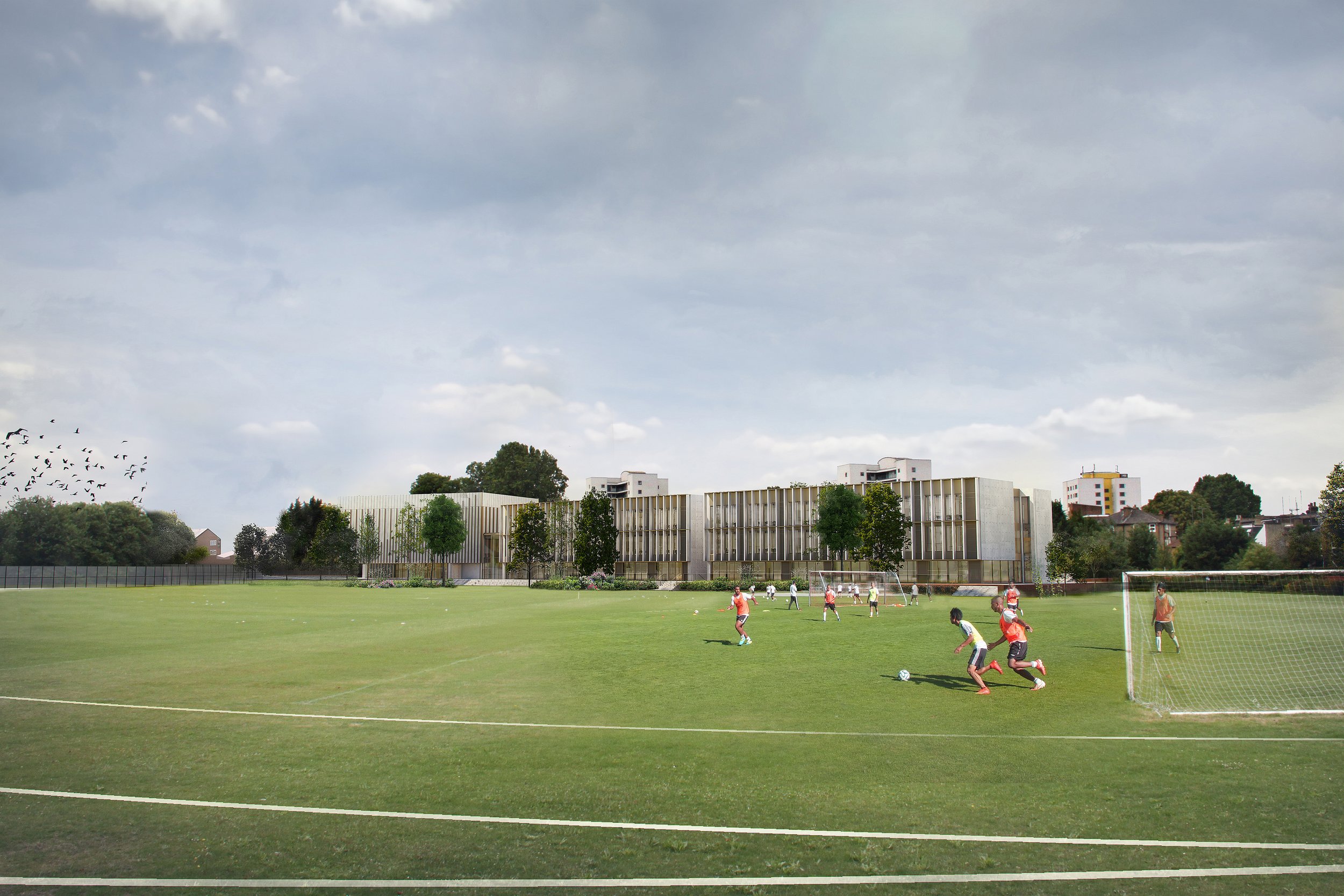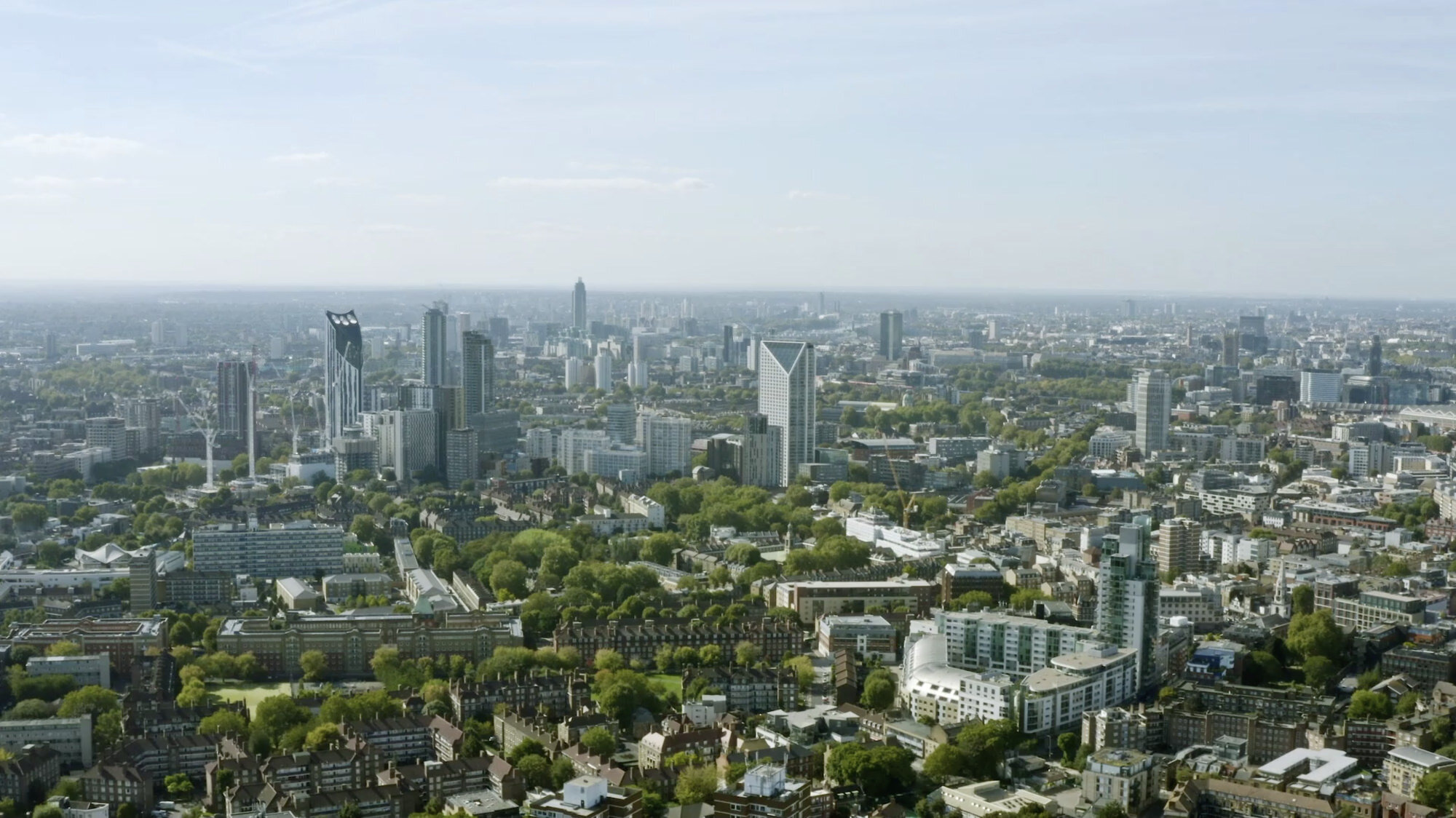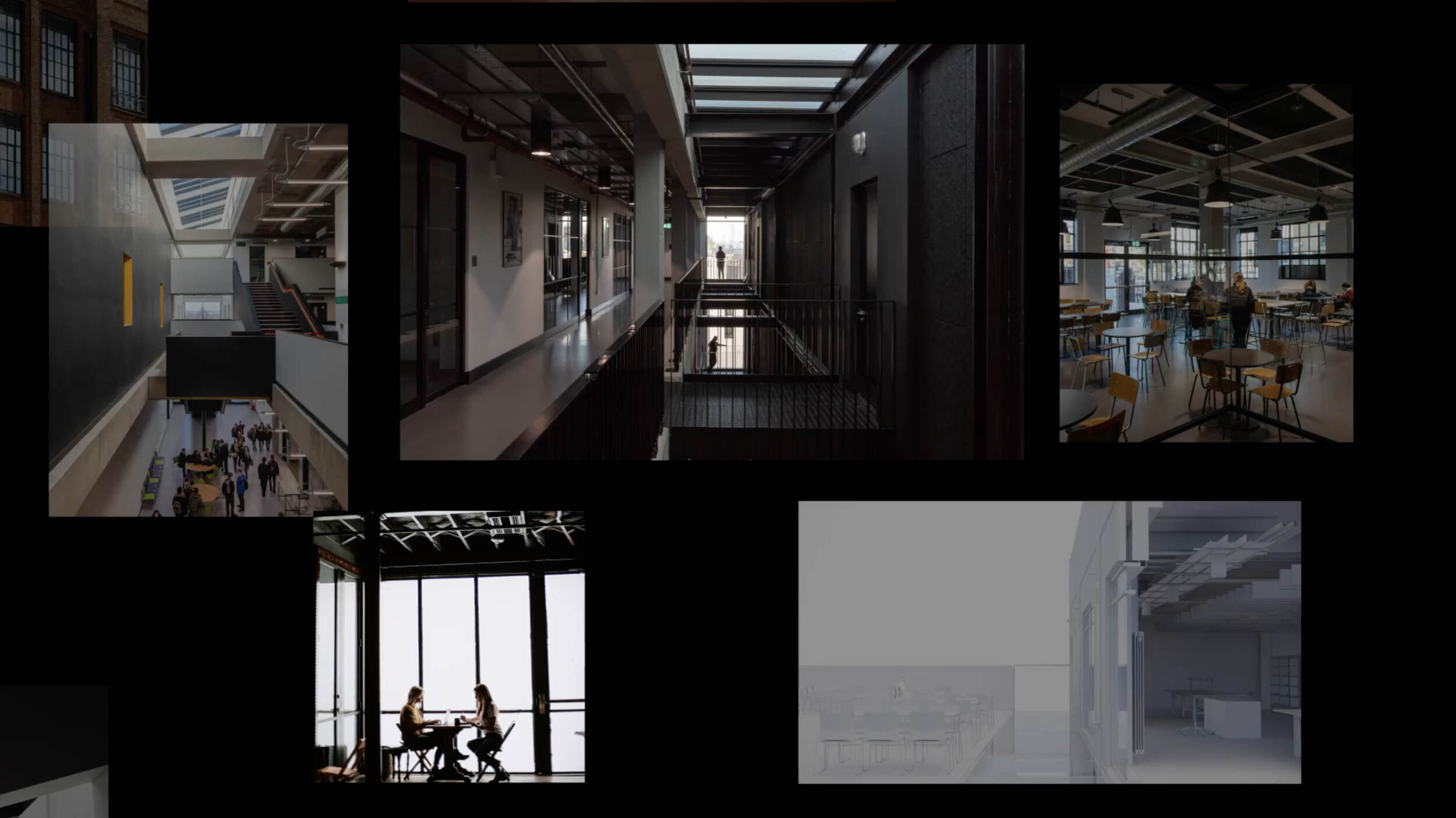Our town centres are facing unprecedented change, accelerated by changing patterns in work, living and consumerism over the past two years and a new focus on localism.
So what next for our high streets and town centres?
20,000
shops closed in
2022
Last year was “brutal” for Britain's retail sector, with more shops shutting down than at any other point in the last five years, and 2023 will be similarly challenging.
An estimated 17,145 retail stores in the United Kingdom closed throughout 2022. This is a dramatic increase from 2021, during which 11,459 stores closed.
Since the introduction of the smartphone in 2007 we have had the internet at our fingertips and it’s no coincidence that there has been a steady decline in people visiting our high streets ever since this date. We no longer need to visit high streets to shop for either essentials or the latest shopping trends and the demise of the traditional high street function means it’s a time for transition.
The ever pressing need to address climate change and a spotlight on localism and the 20 minute economy highlighted during the pandemic, throws even more into the mix for the future of our town centres.
So how do we plan and design for a resilient future?
Repopulating our town centres that have hollowed out over many years becoming purely retail hubs, is a very important part of addressing the problem, with a view to raising local population density and employment opportunities that will in turn feed a more bespoke retail and leisure offering. However the core issues run far deeper than this. You can’t just throw residential at the problem.
But it’s not all doom and gloom. Not all town centres are struggling and its these we need to analyse to understand what it is that they are doing right that makes them more resilient.
Cities like Bristol and York have recovered more quickly than many anticipated. These centres have history, culture, social and entertainment spaces, education, employment, green spaces, homes, and retail spaces all within the city centre itself.
Diversity
+
Flexibility
=
Resilience
Getting the balance right is crucial and understanding the sensitive people ecosystem which we want to inhabit is more important than ever. Towns that have this connected network of functions have a finer grain of building uses that makes a ‘place’. It’s this flexibility and diversity that creates a natural resilience to ever changing trends, a steady decline in retail and a local economy that can bounce back from a pandemic lockdown.
Shifts in working, shopping and living patterns and new trends in localisation gives us a unique opportunity to bring a renaissance to our town centres and create thriving, diverse and adaptable places for a sustainable future.
↓ Read more about creating places that thrive

Download the report
Or alternatively email:
info@architectureinitiative.com
to find out more













